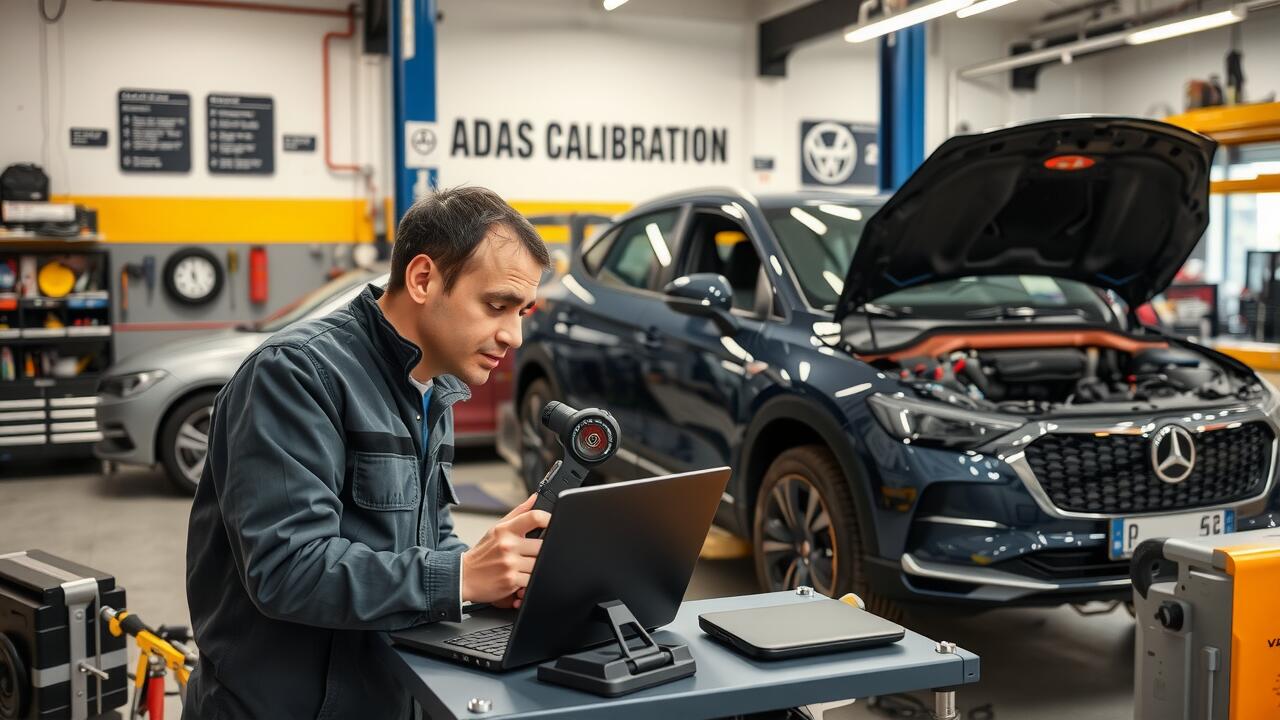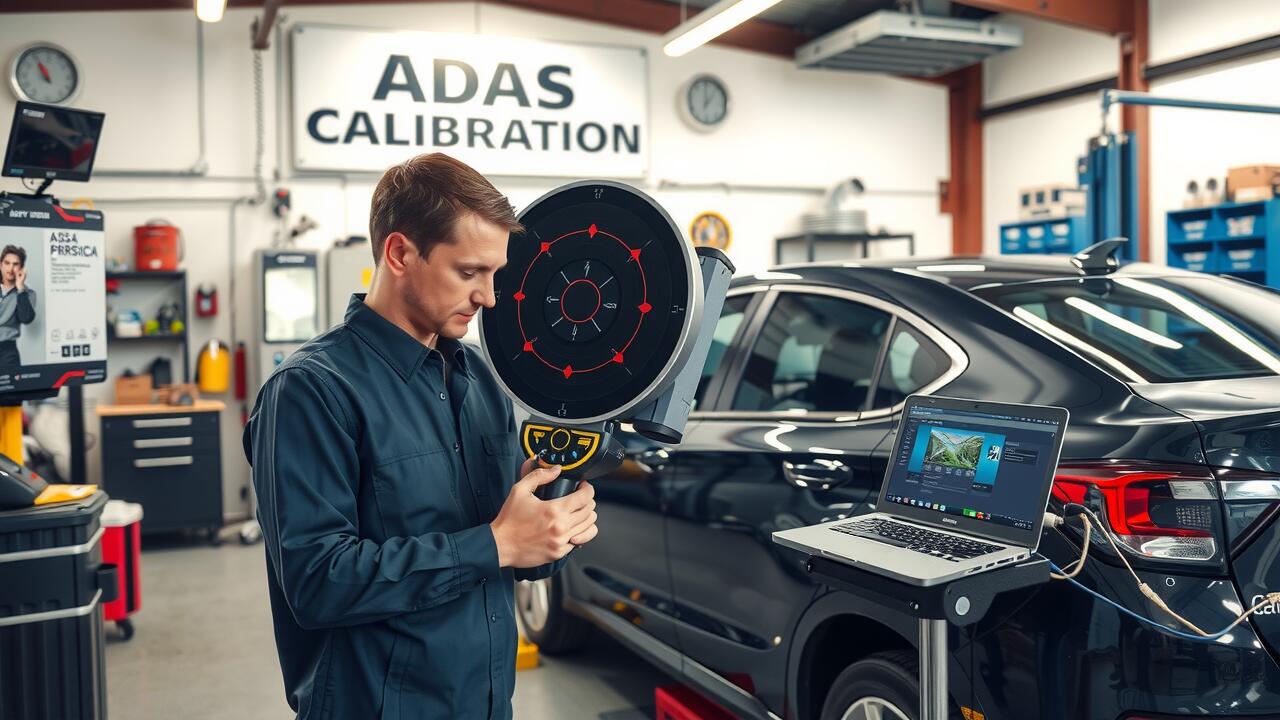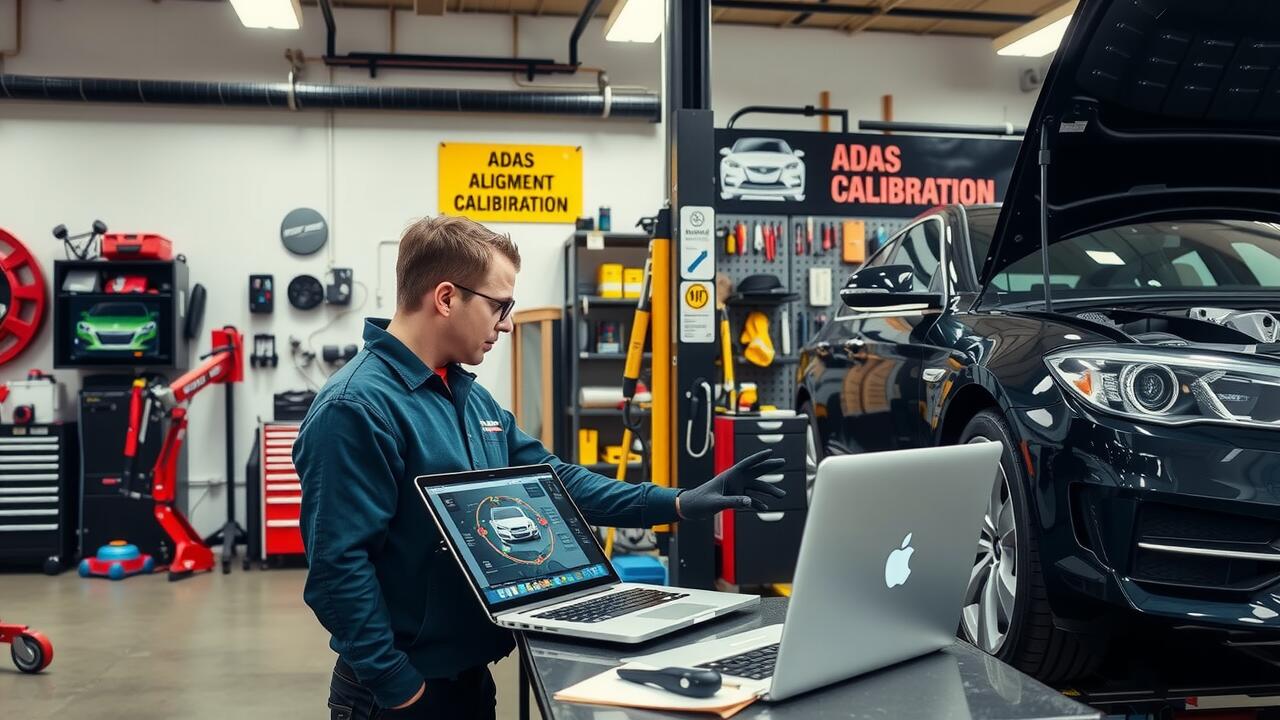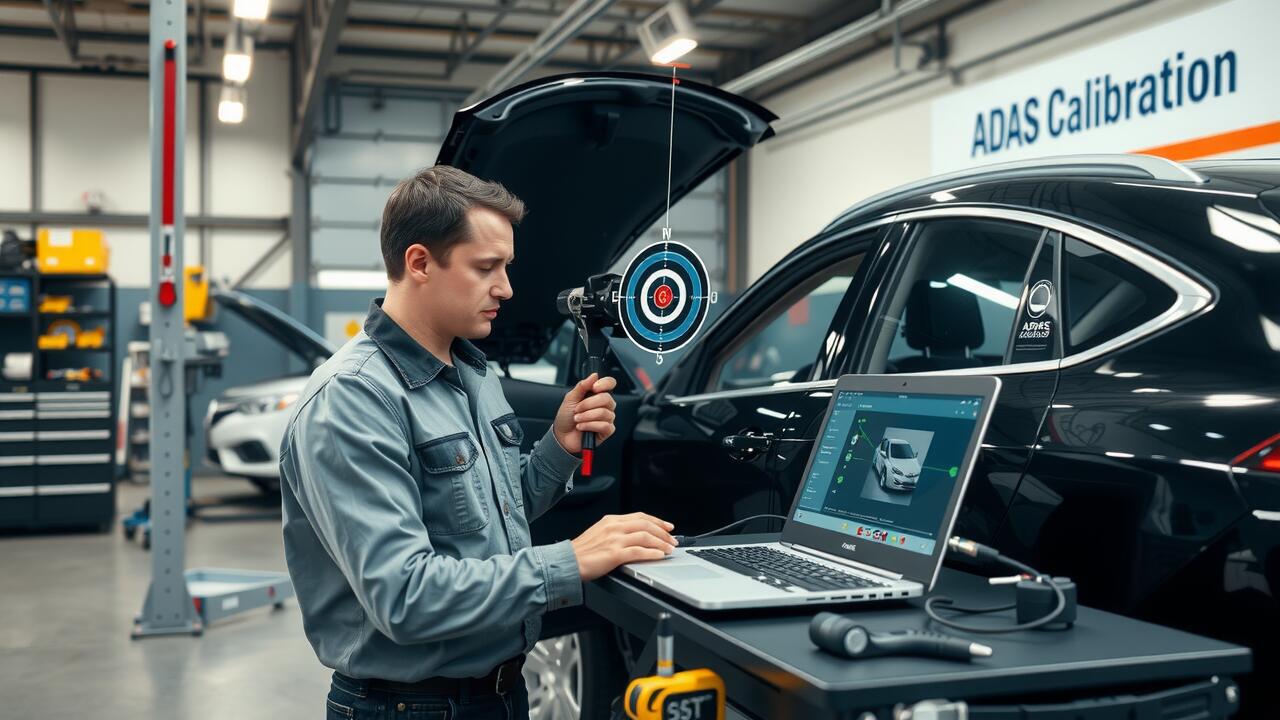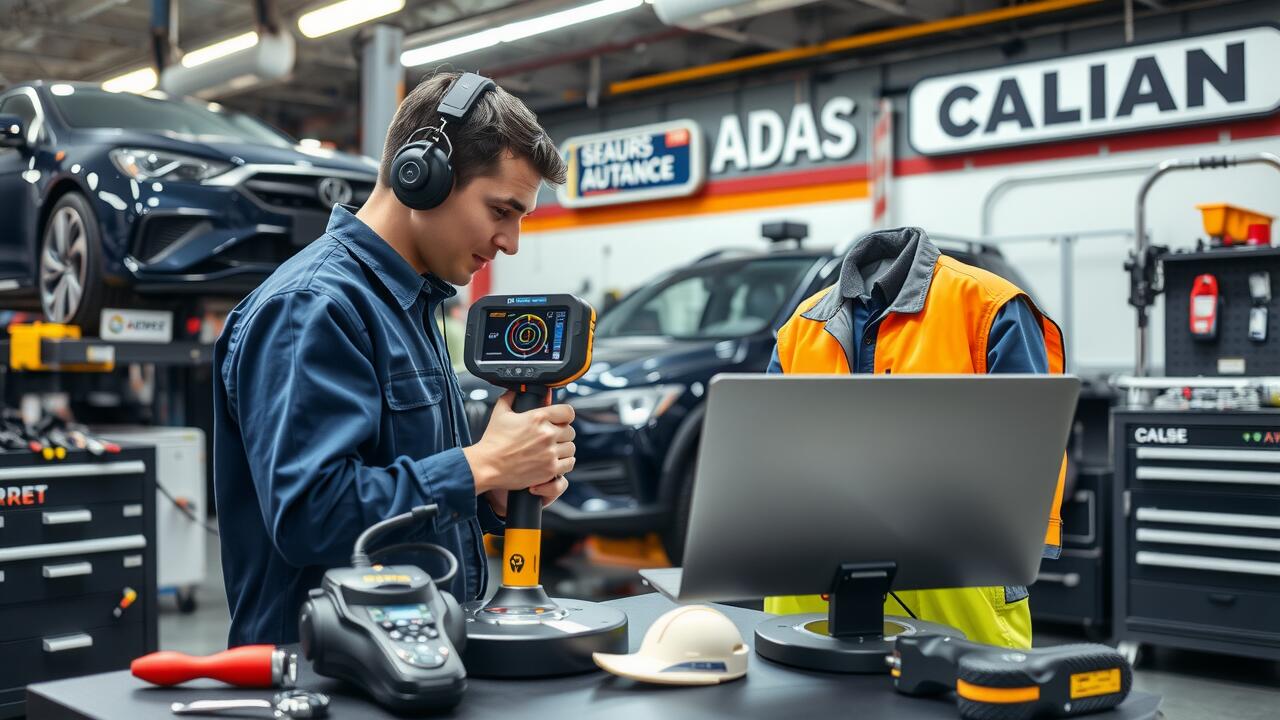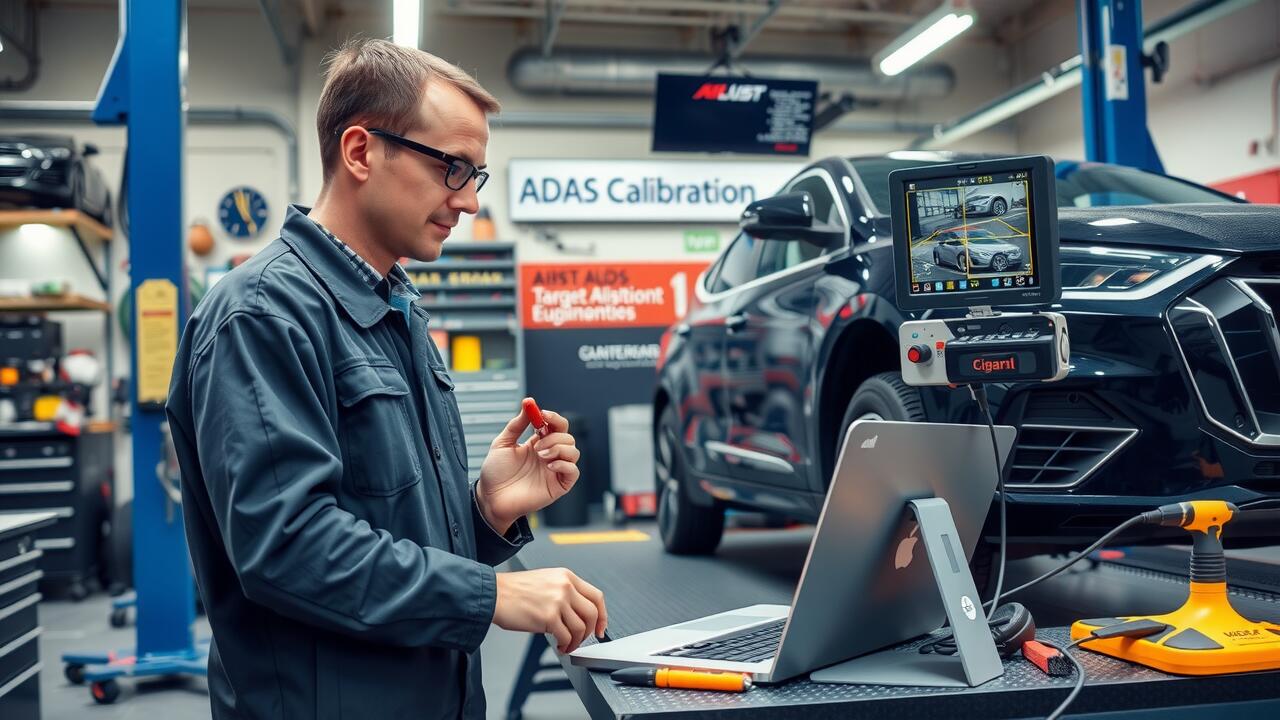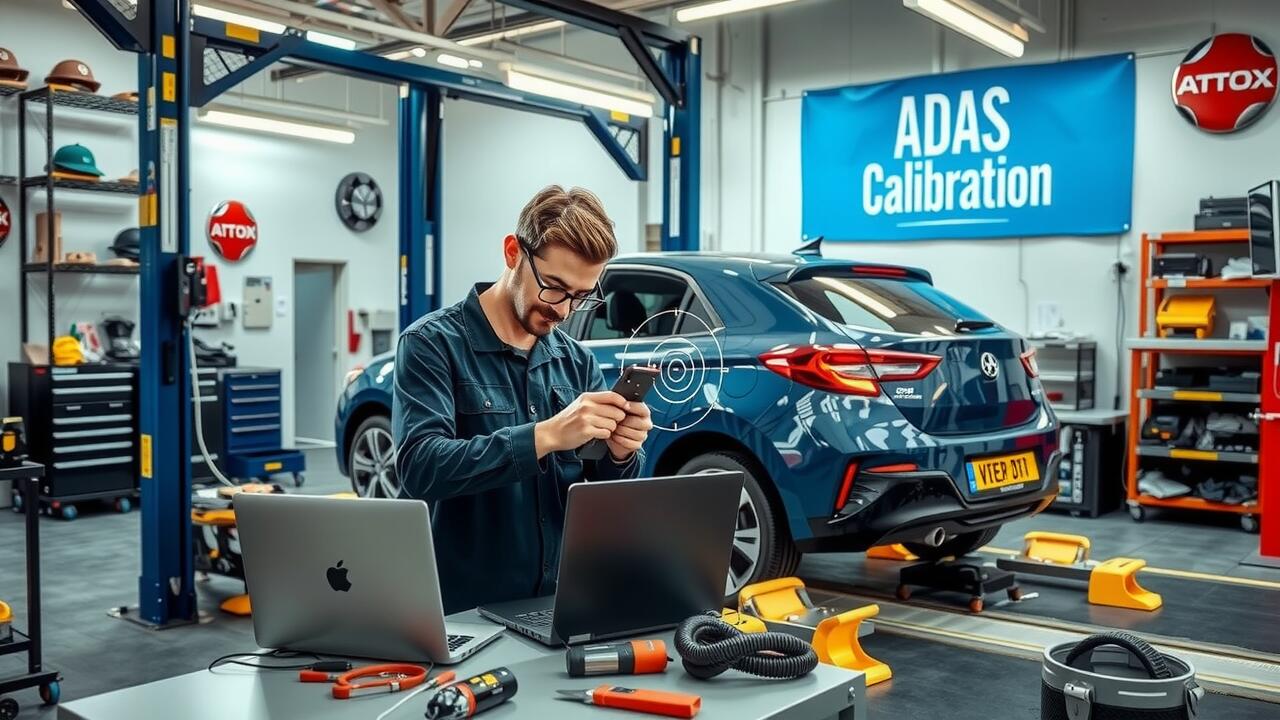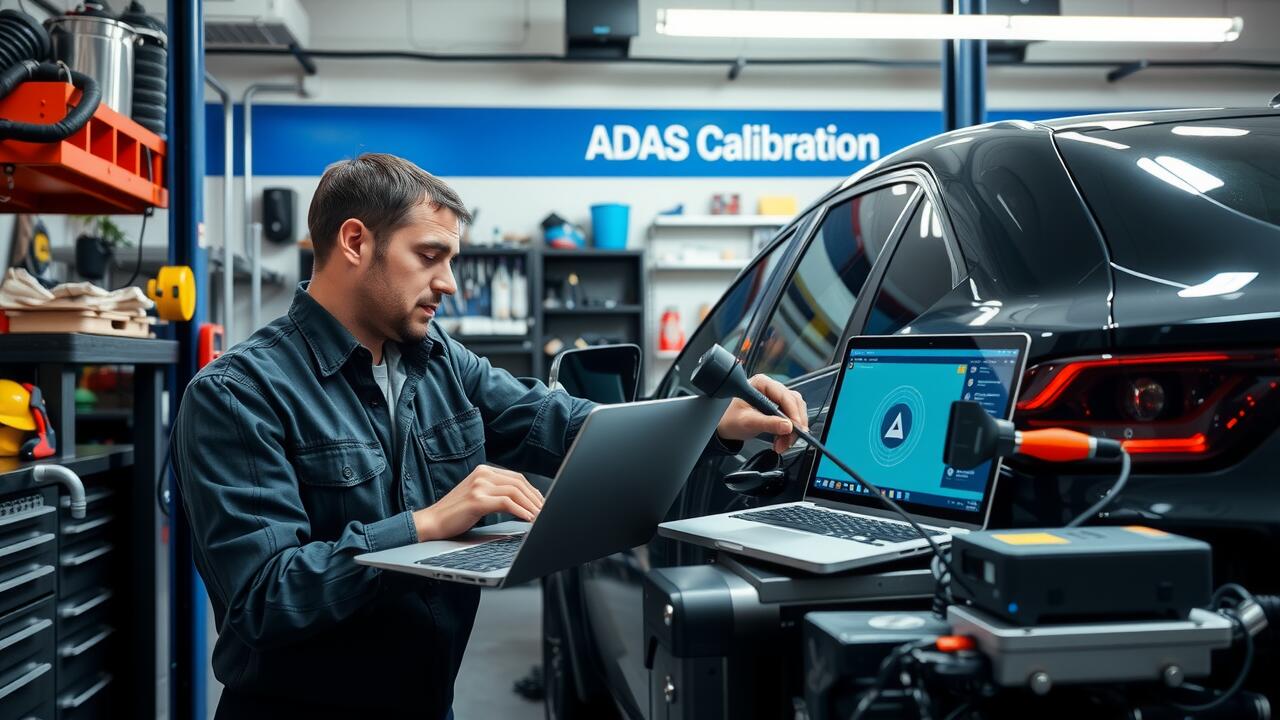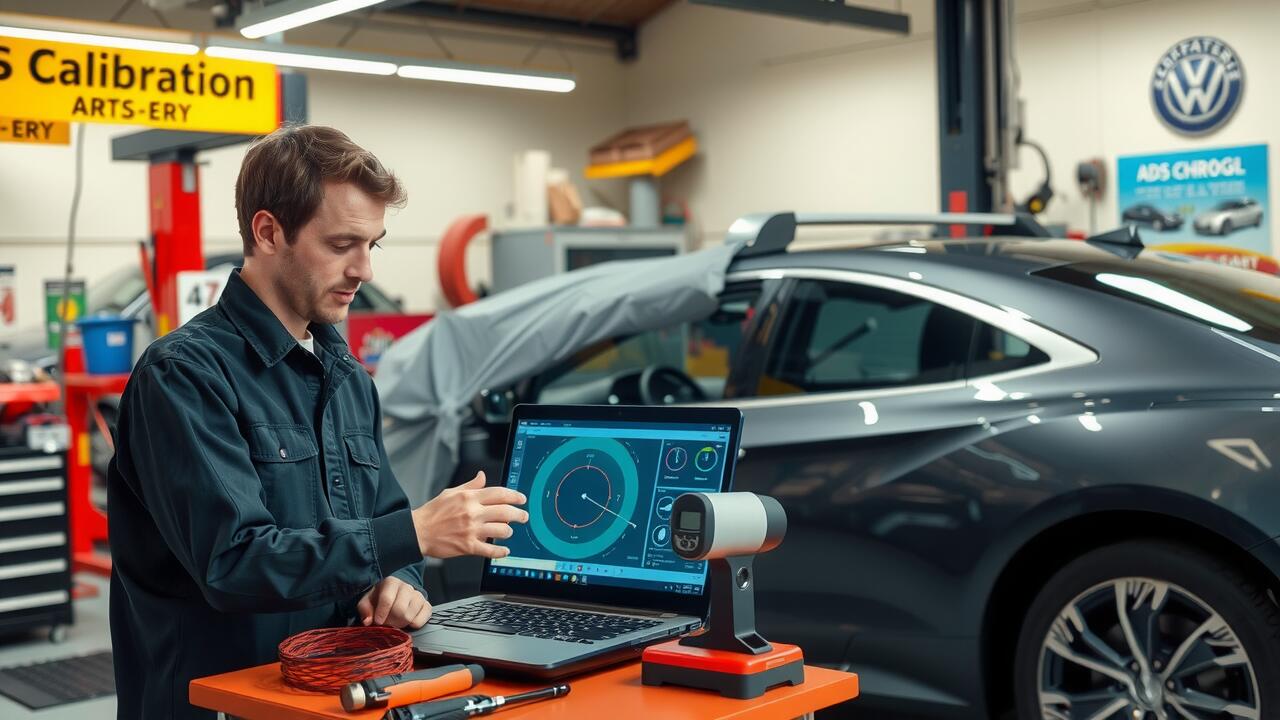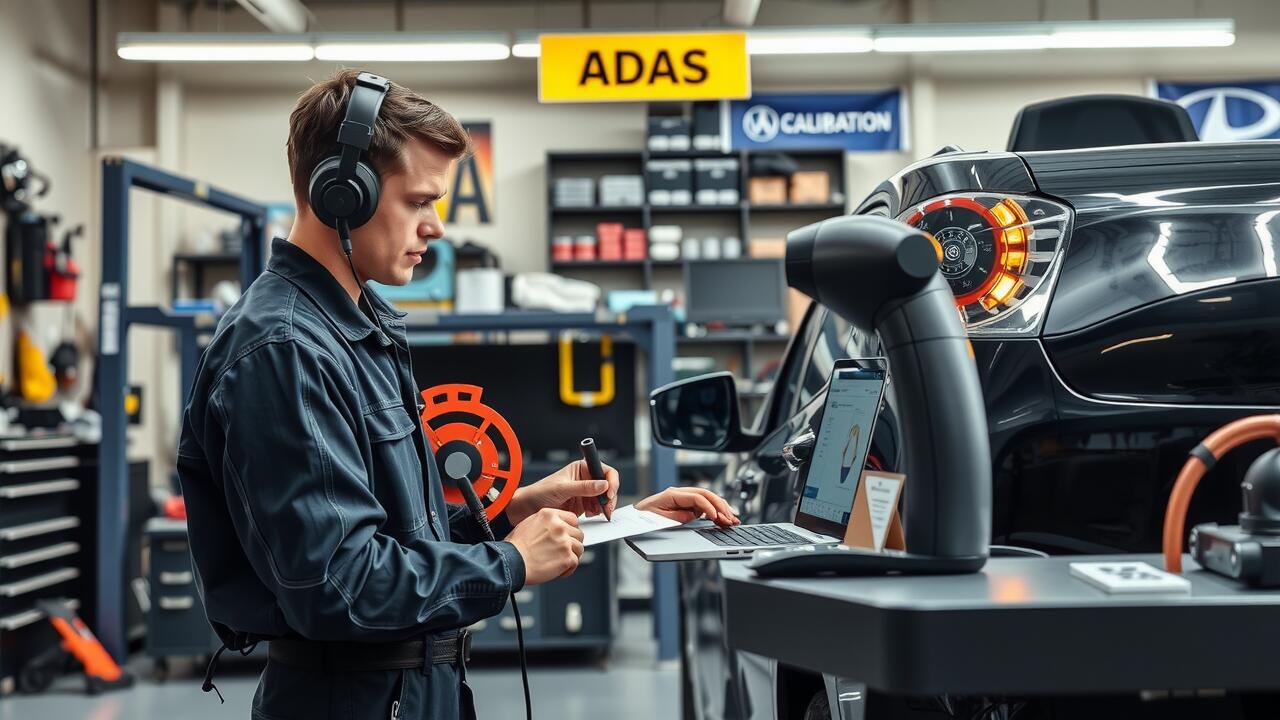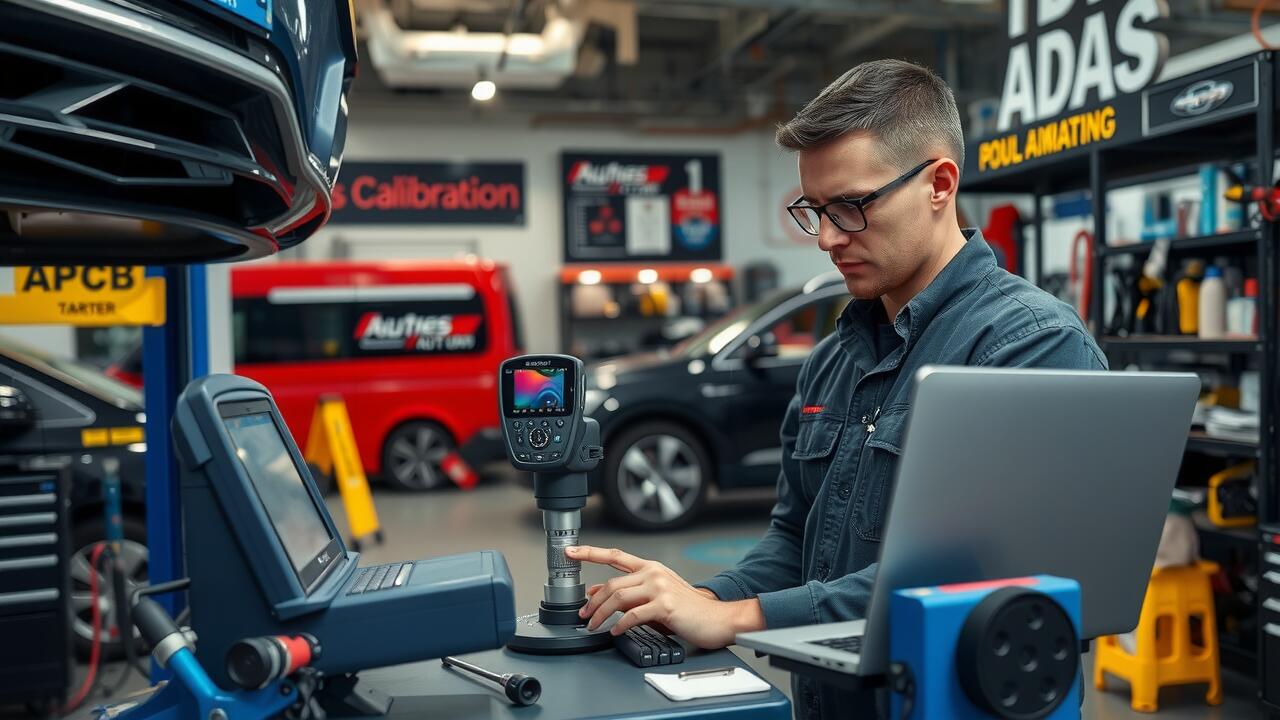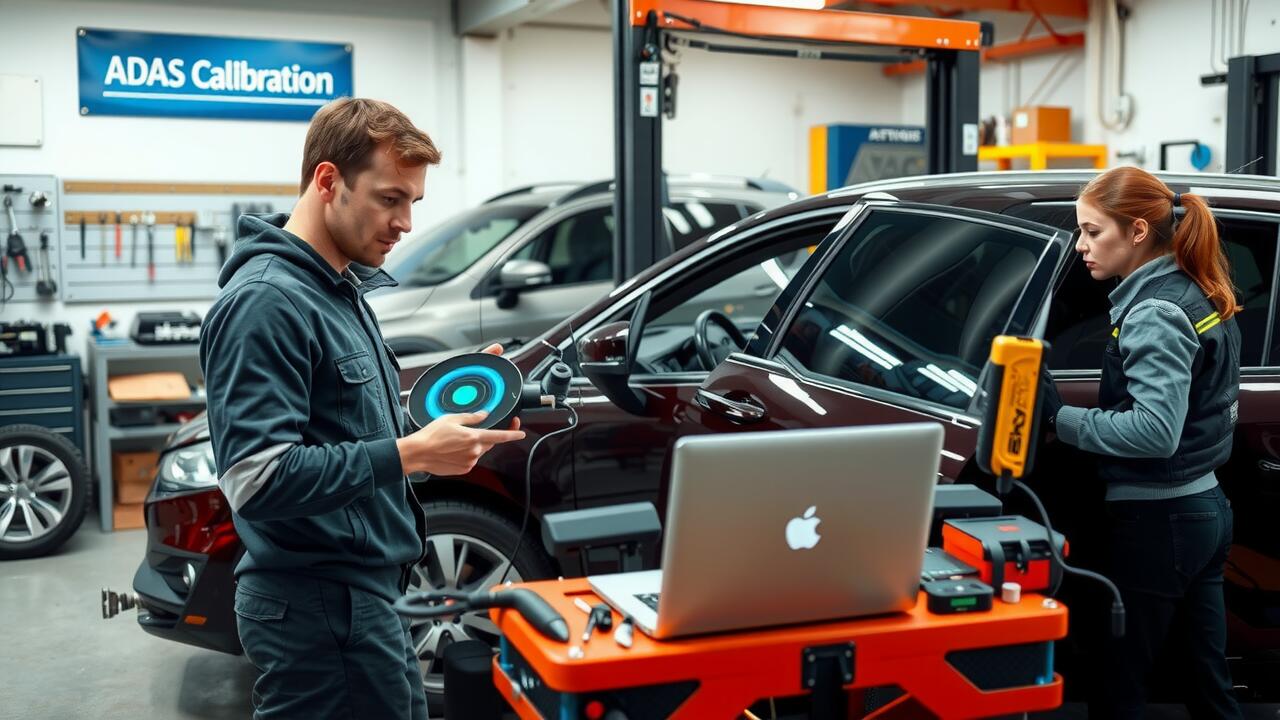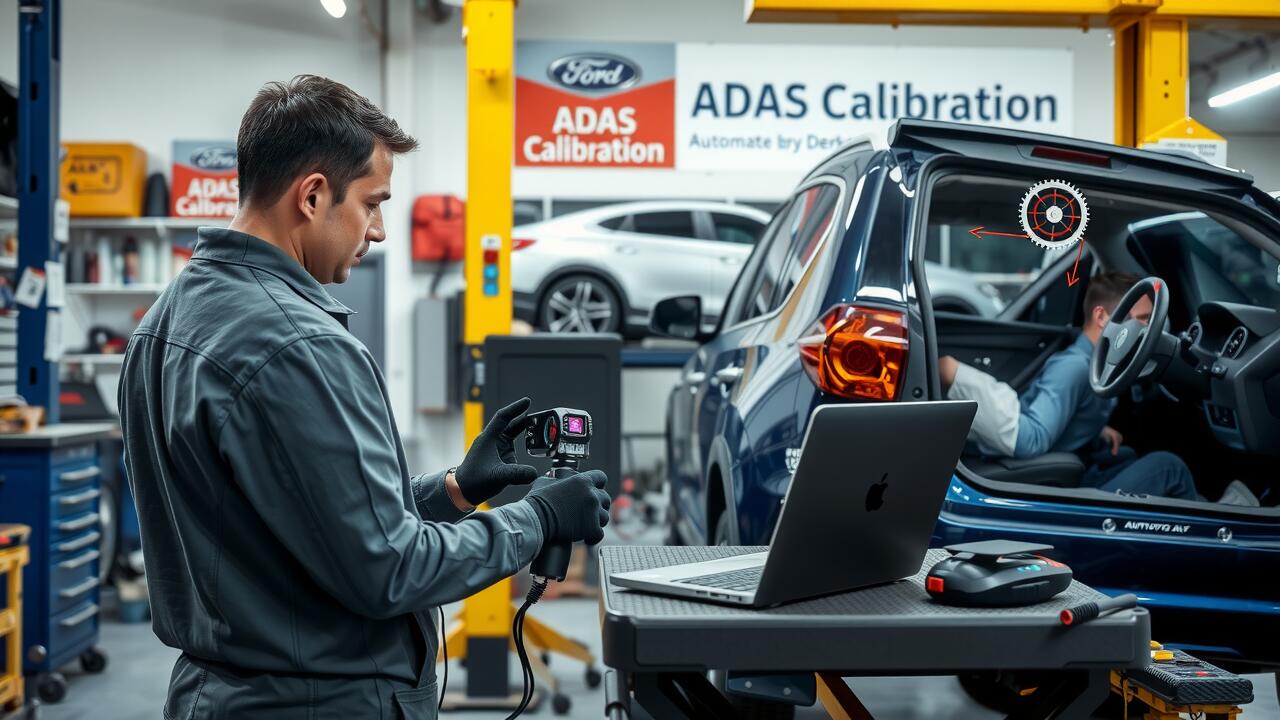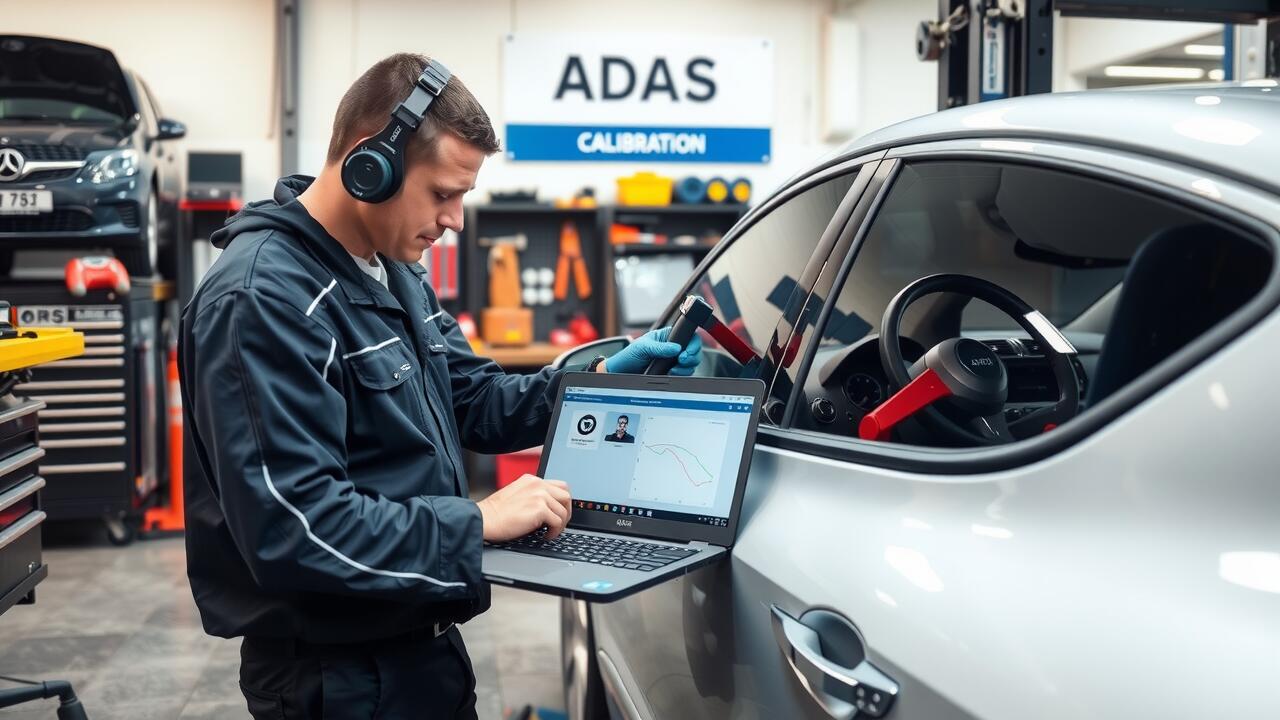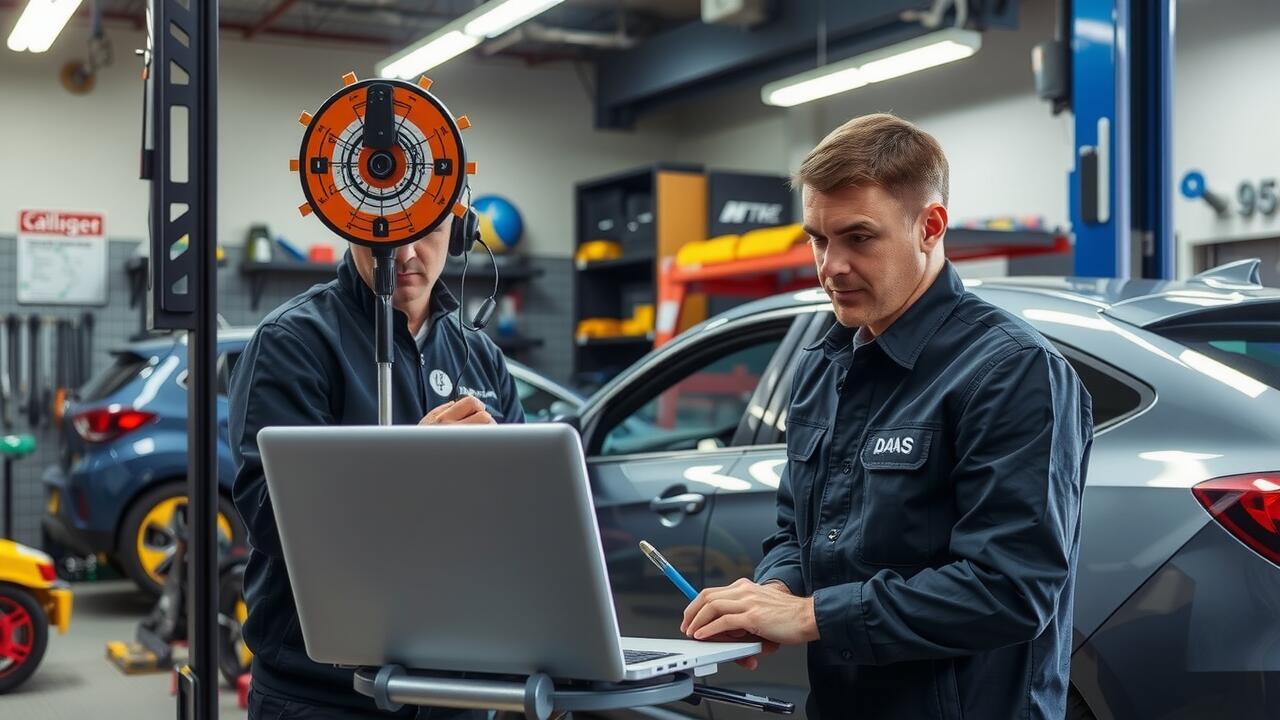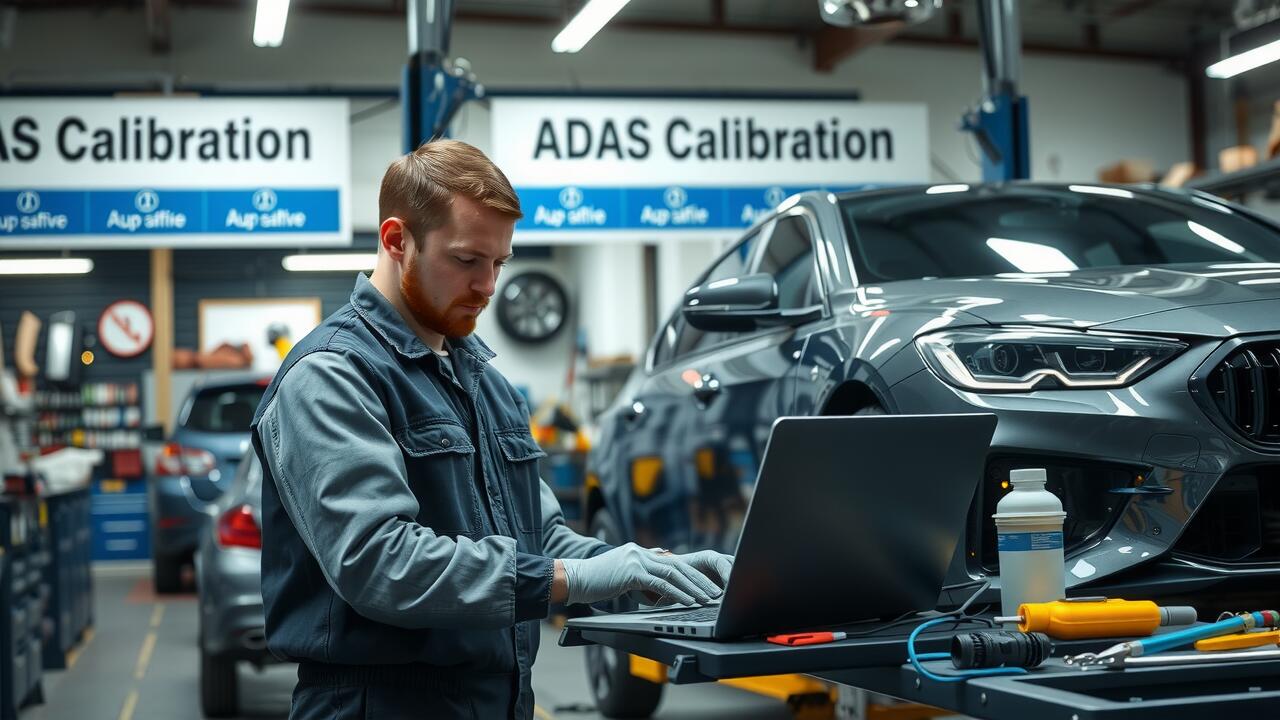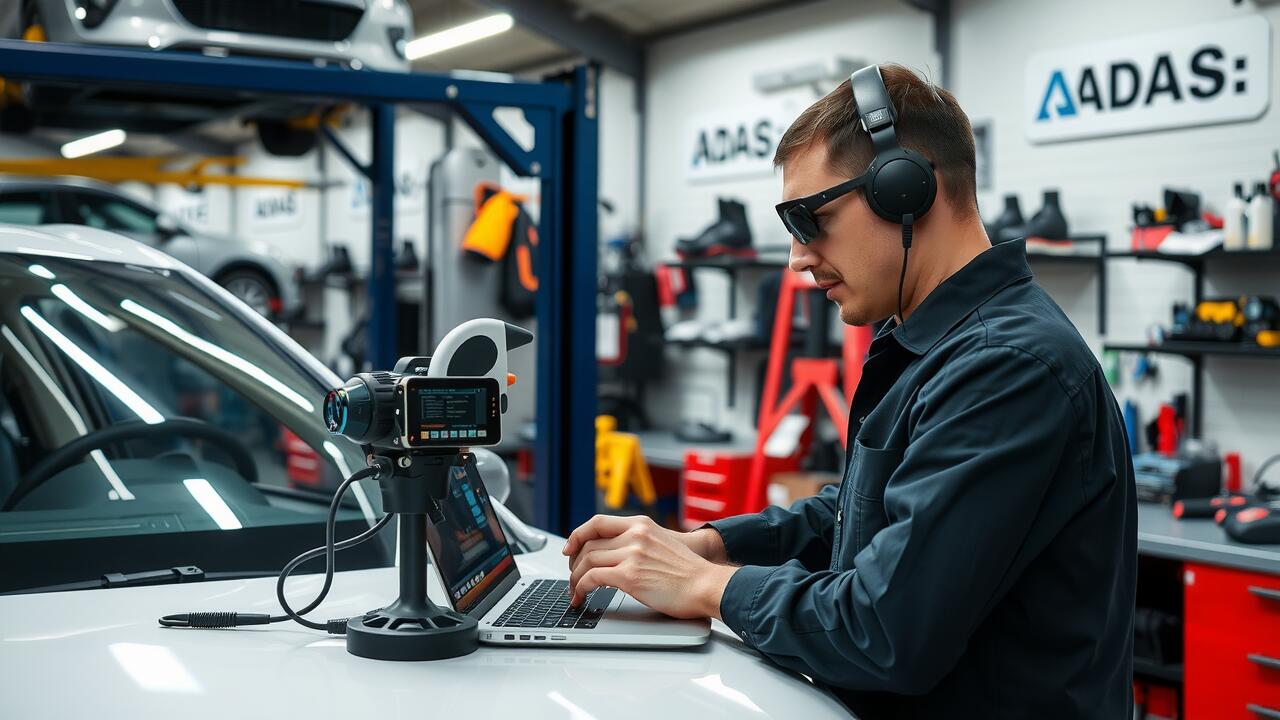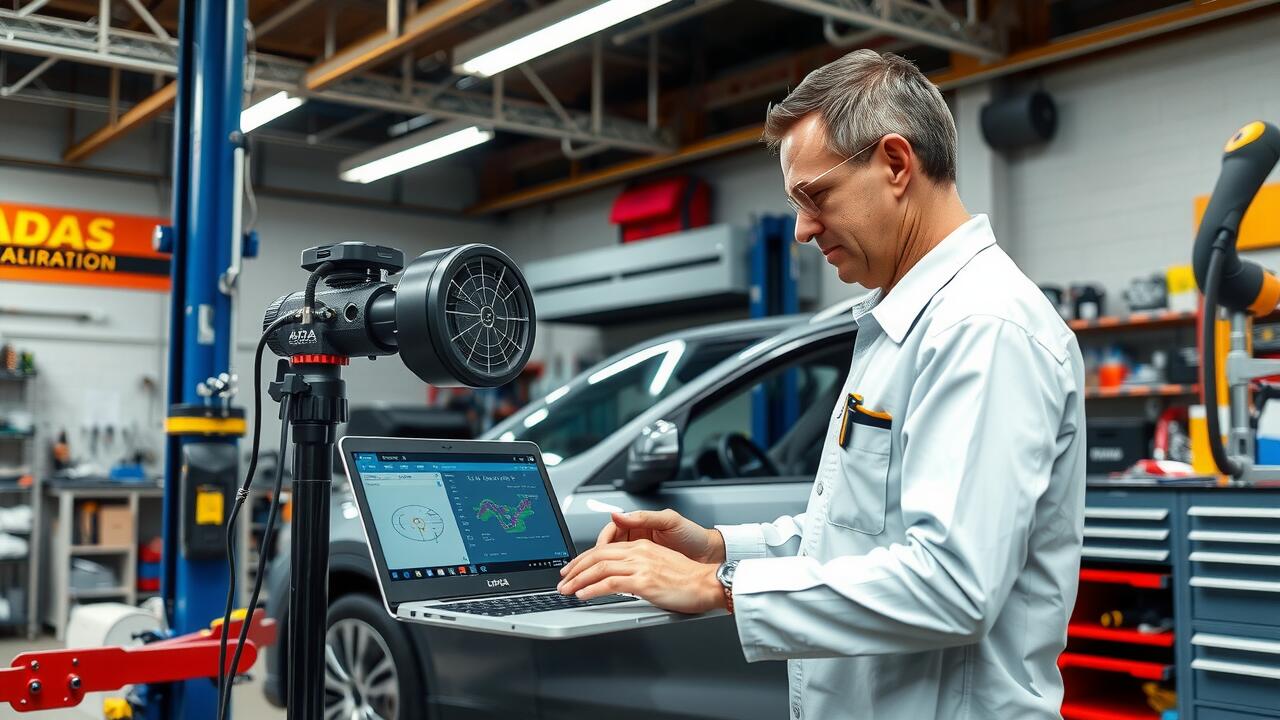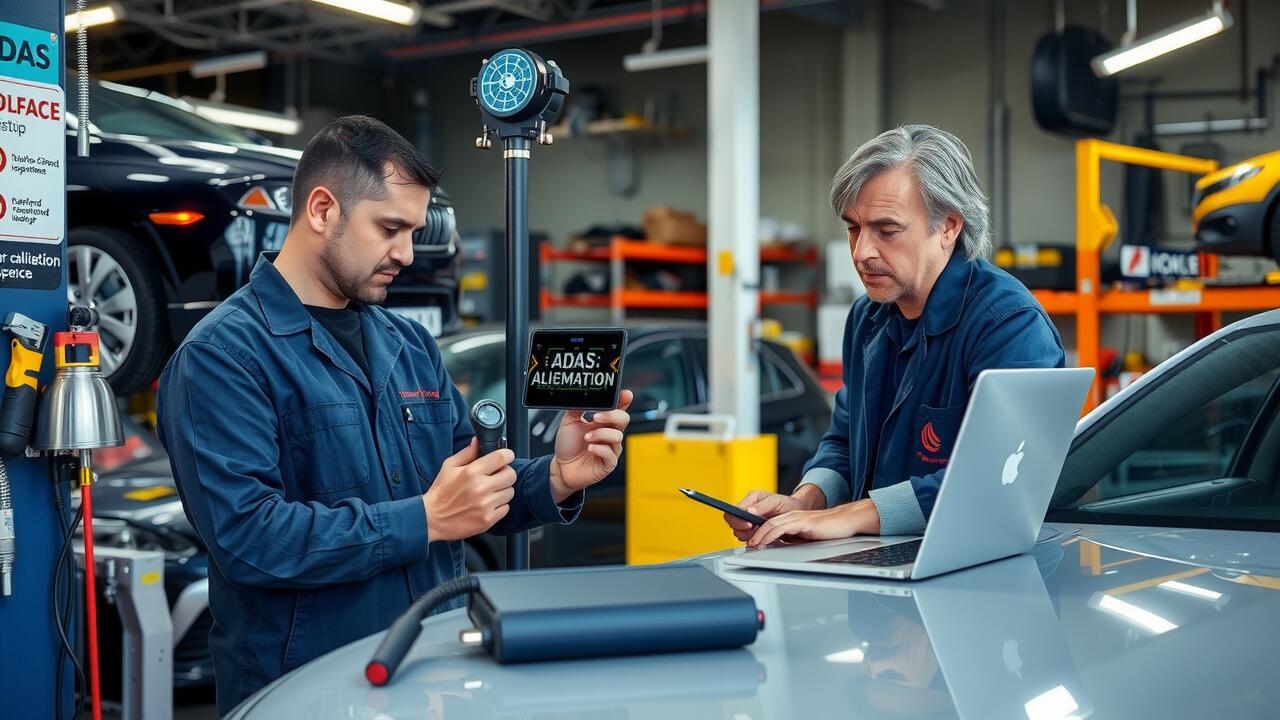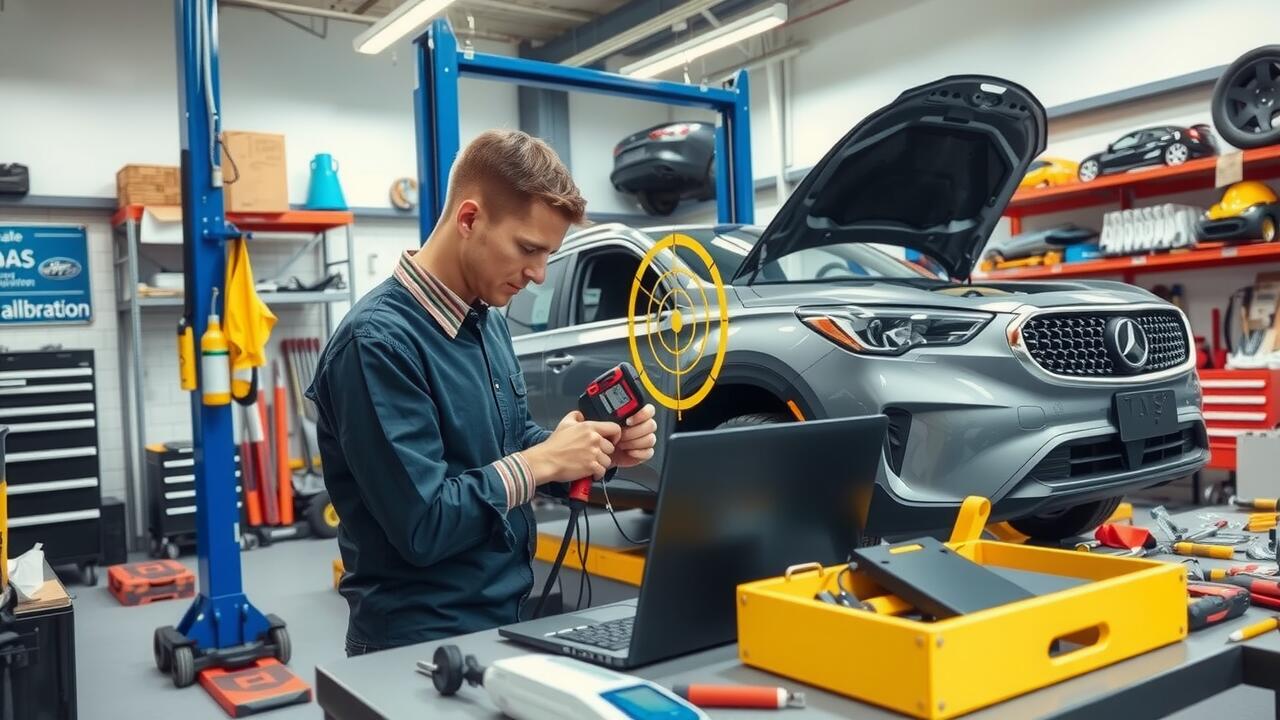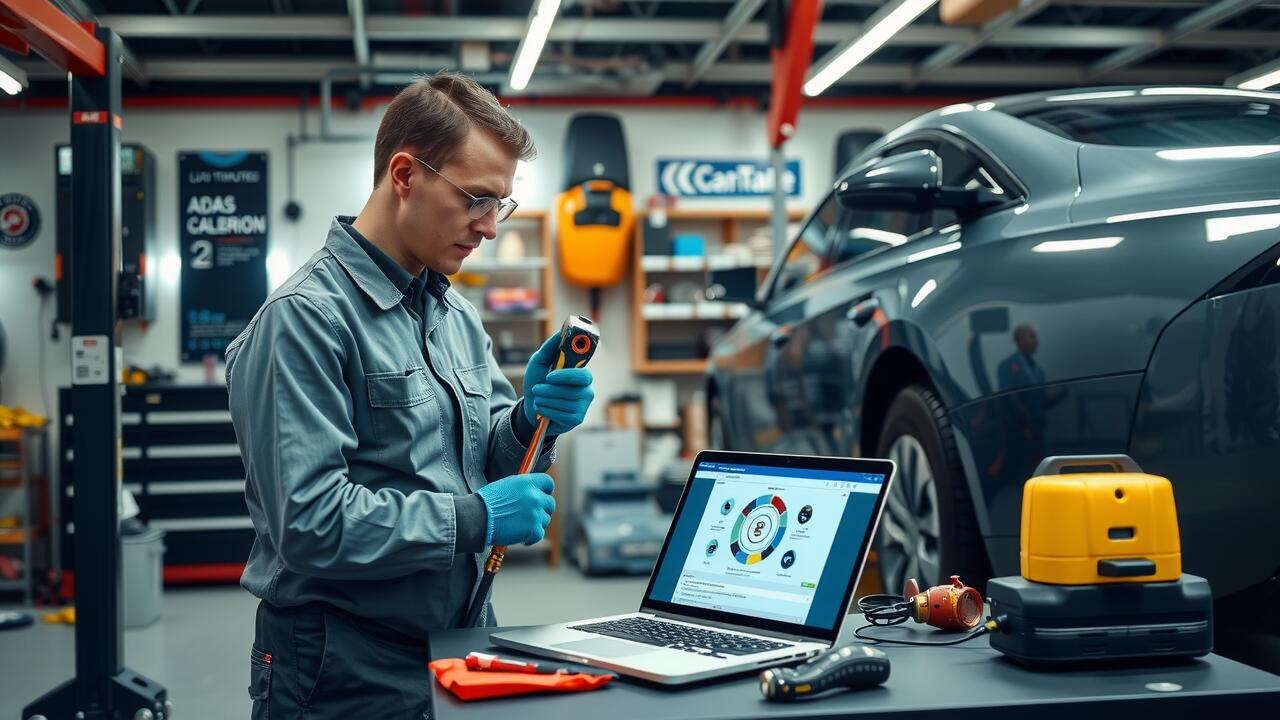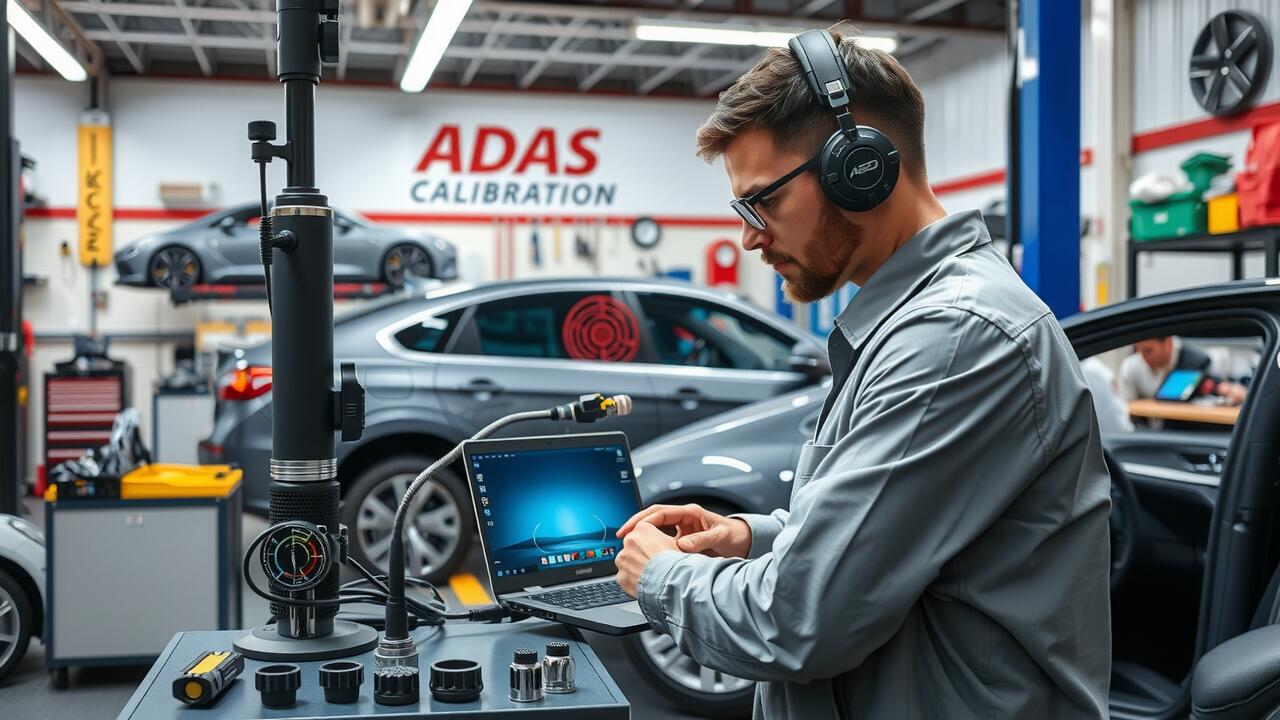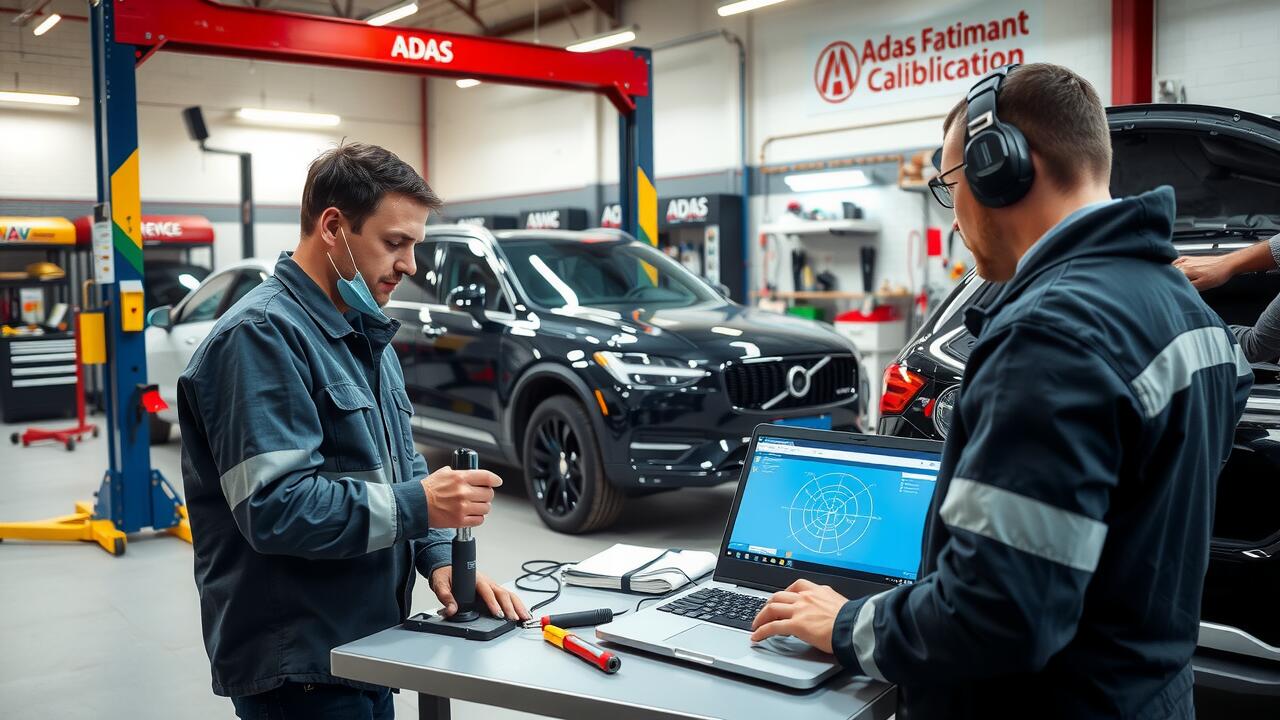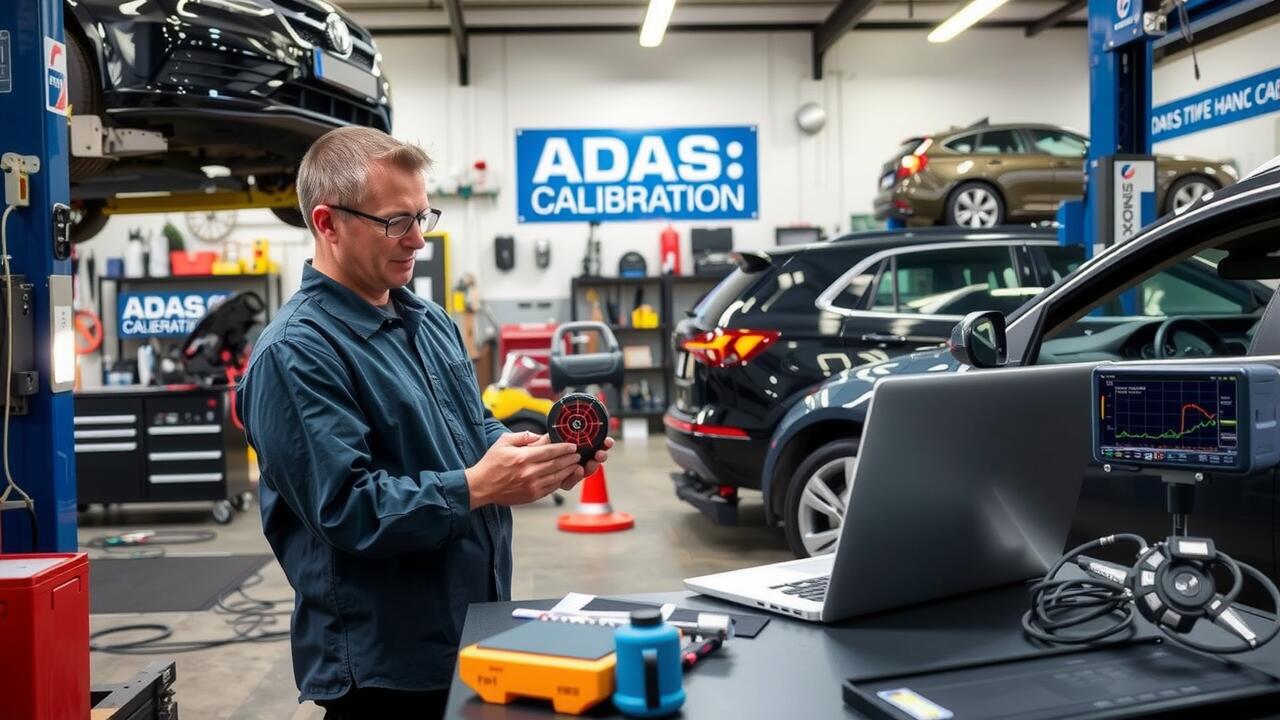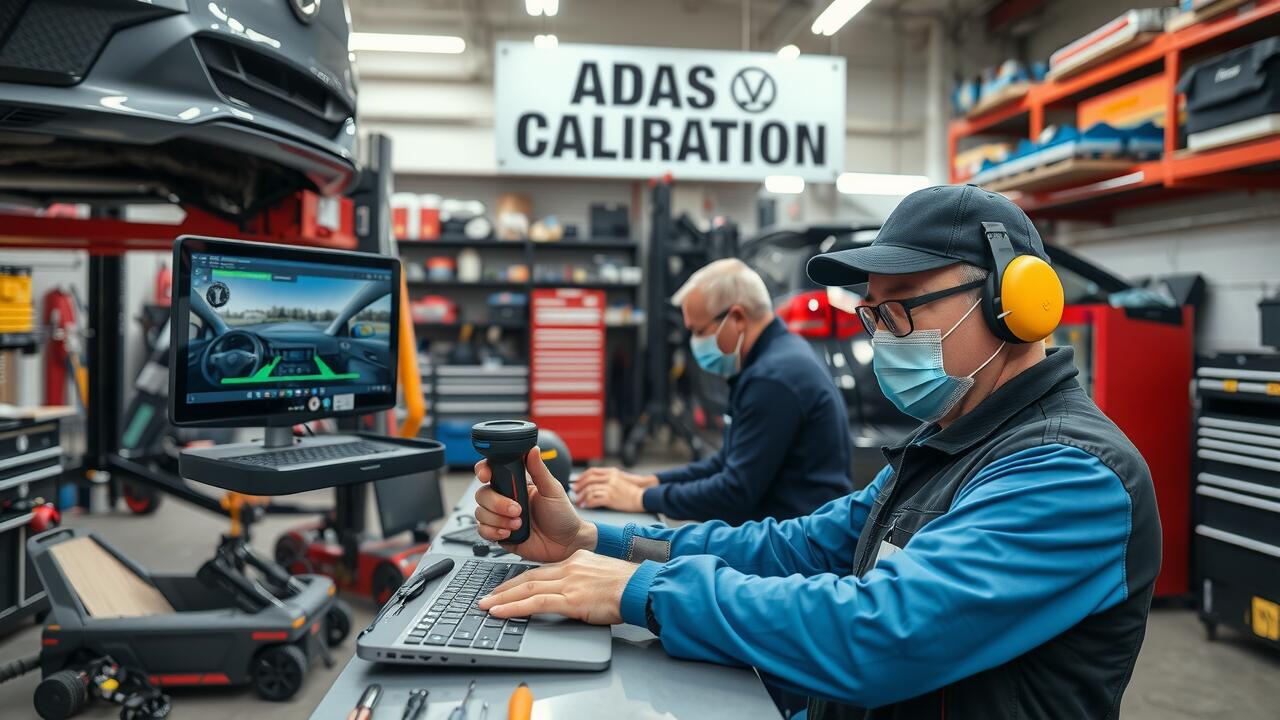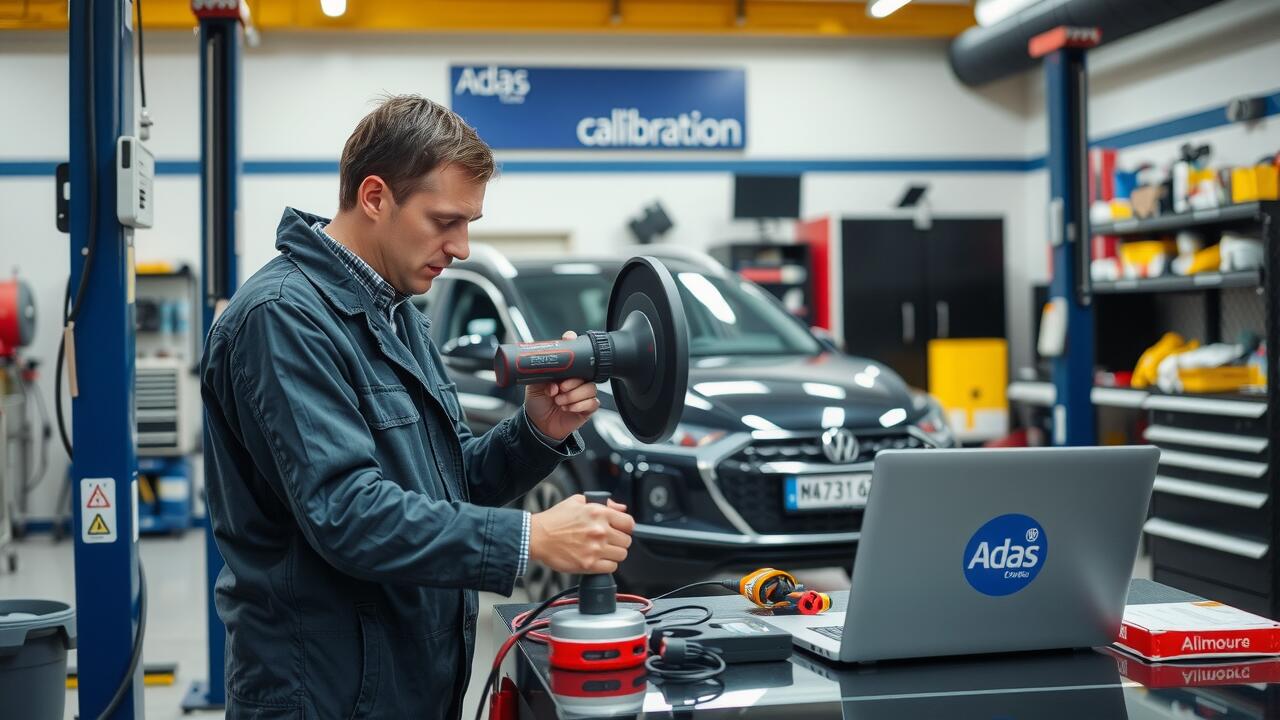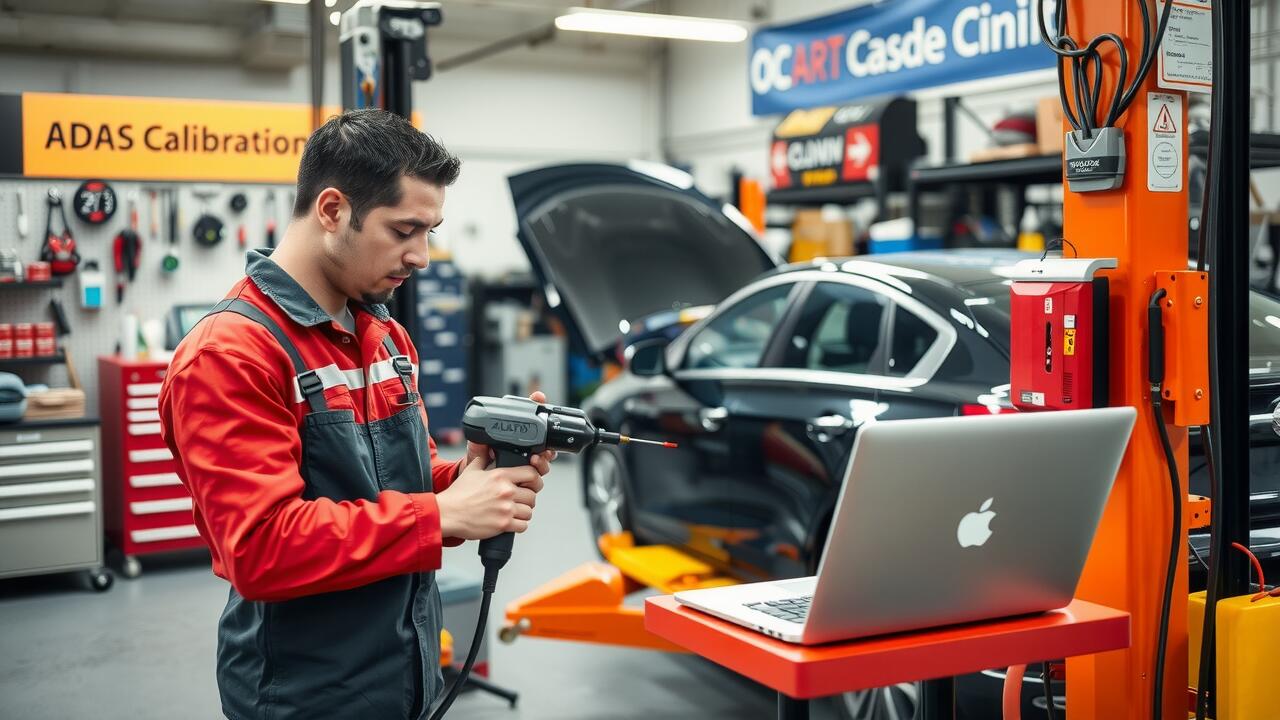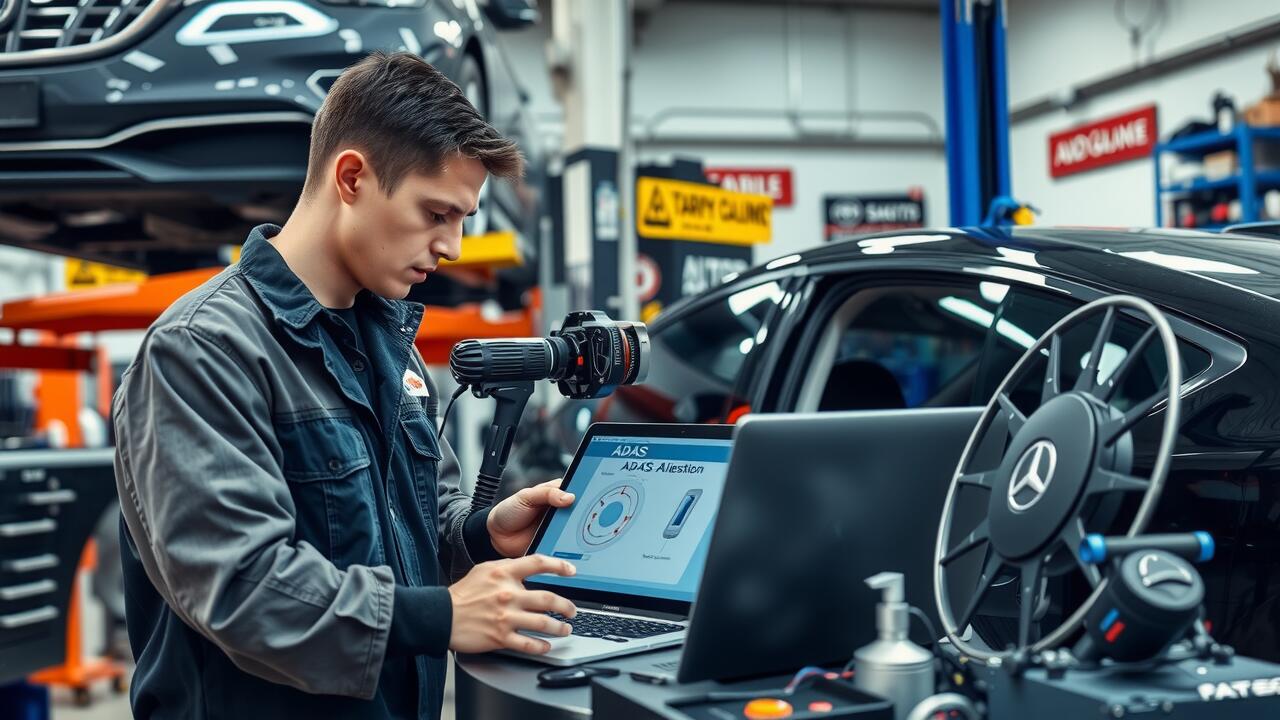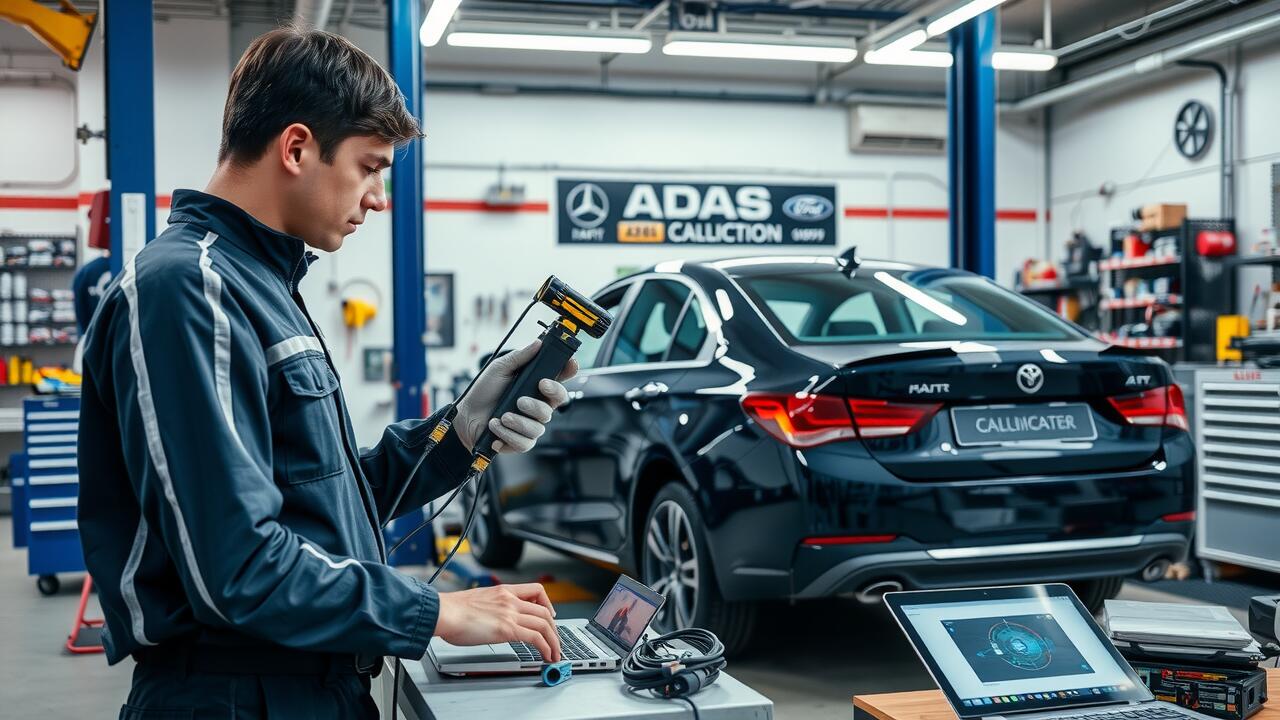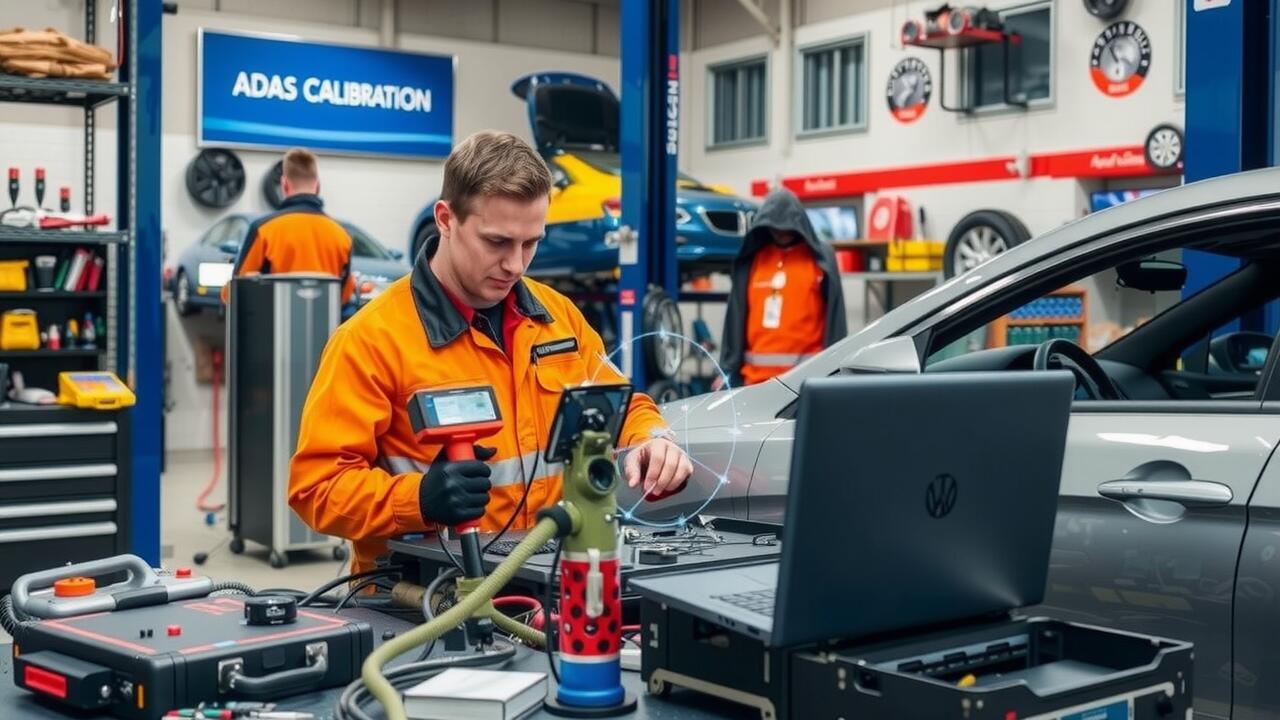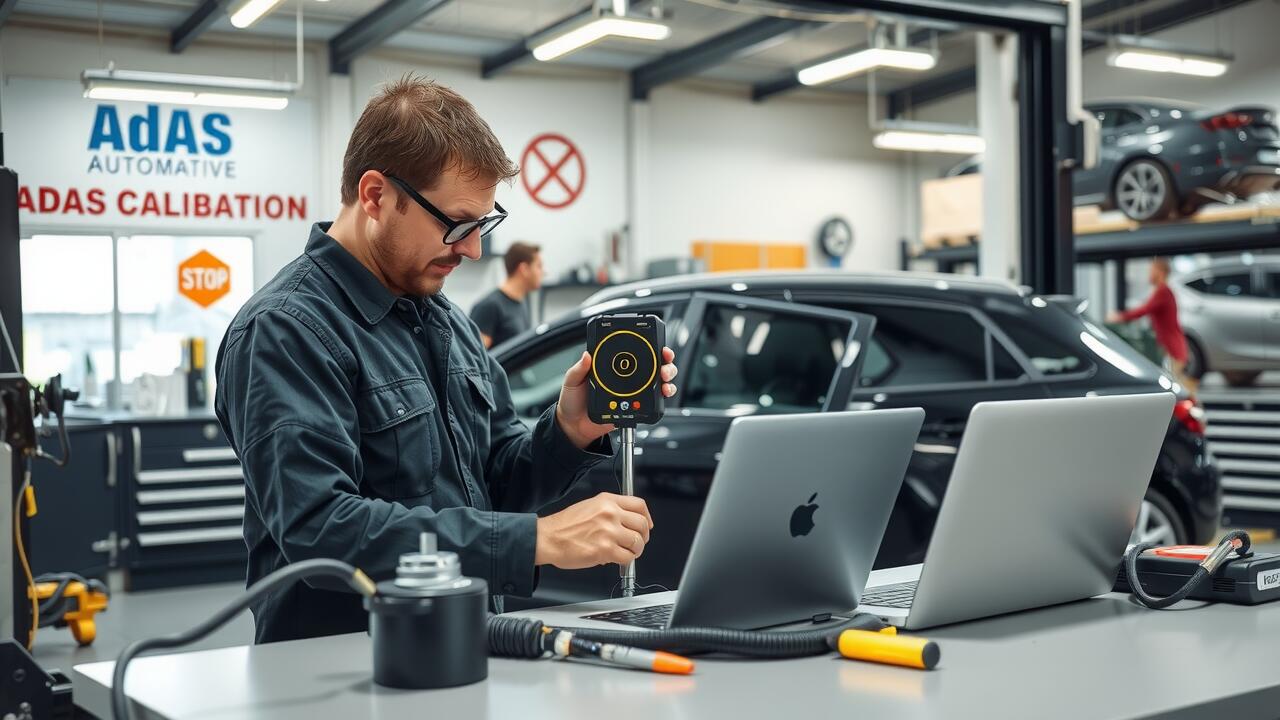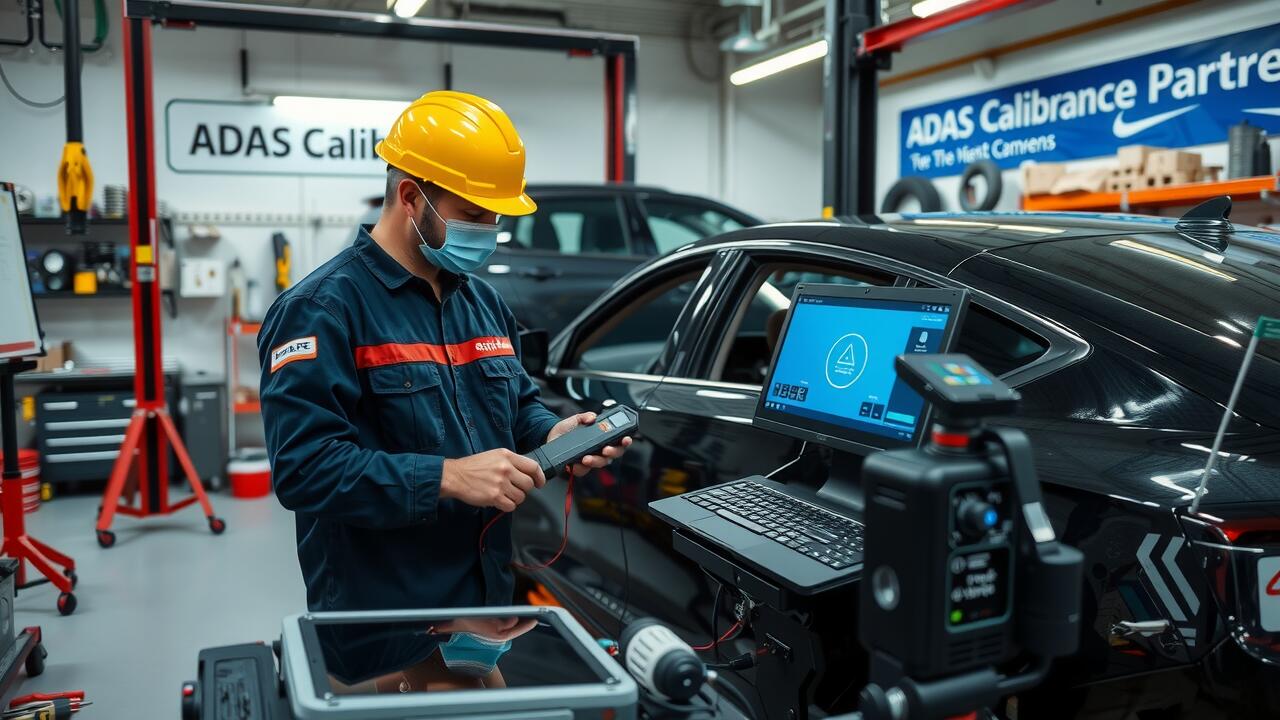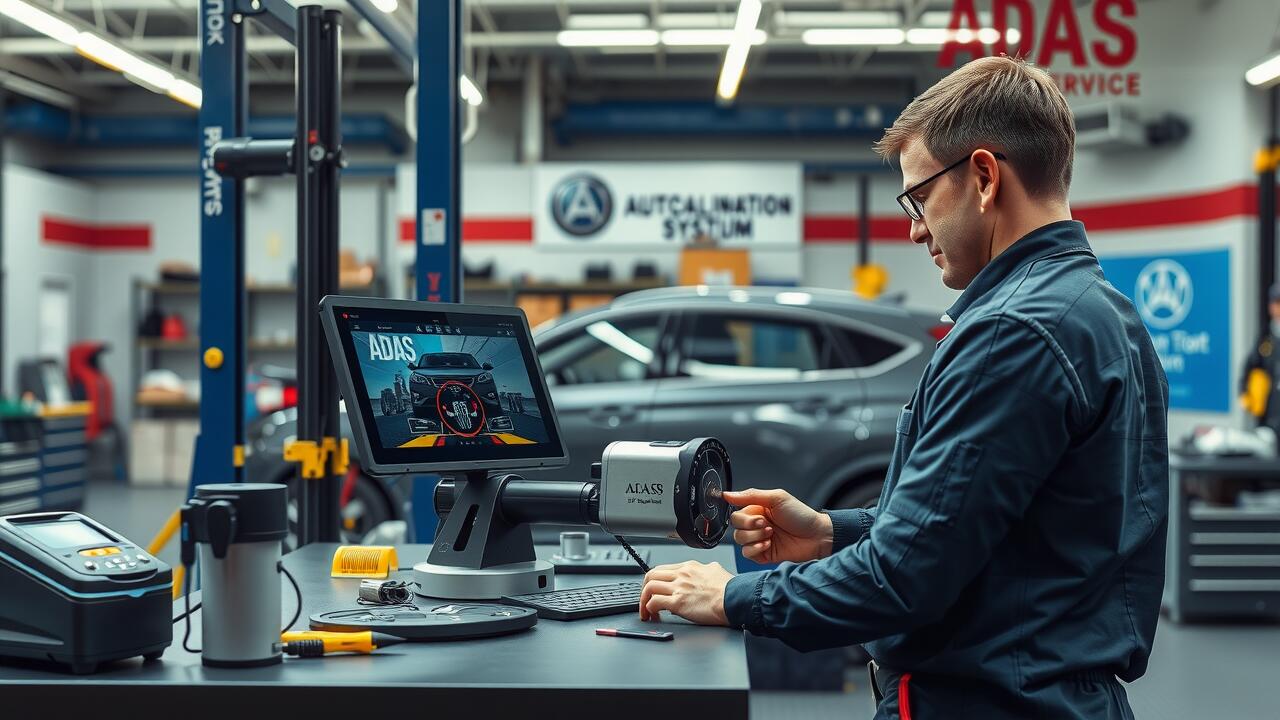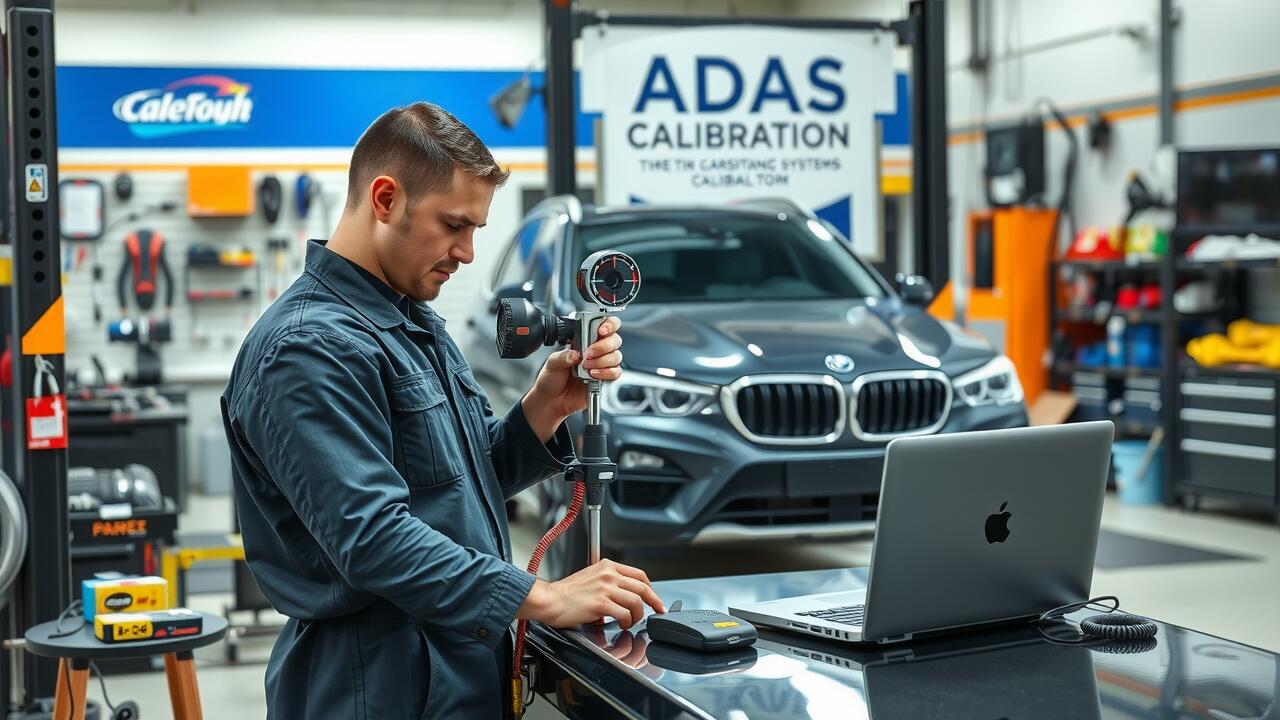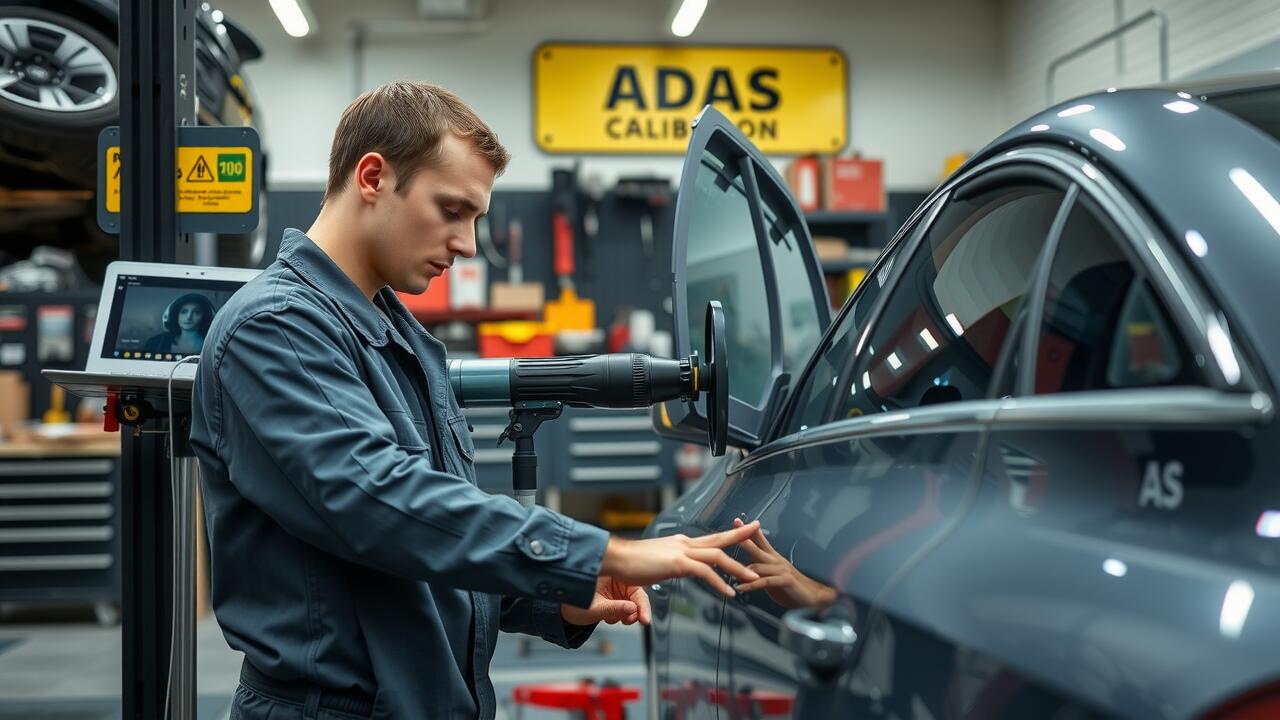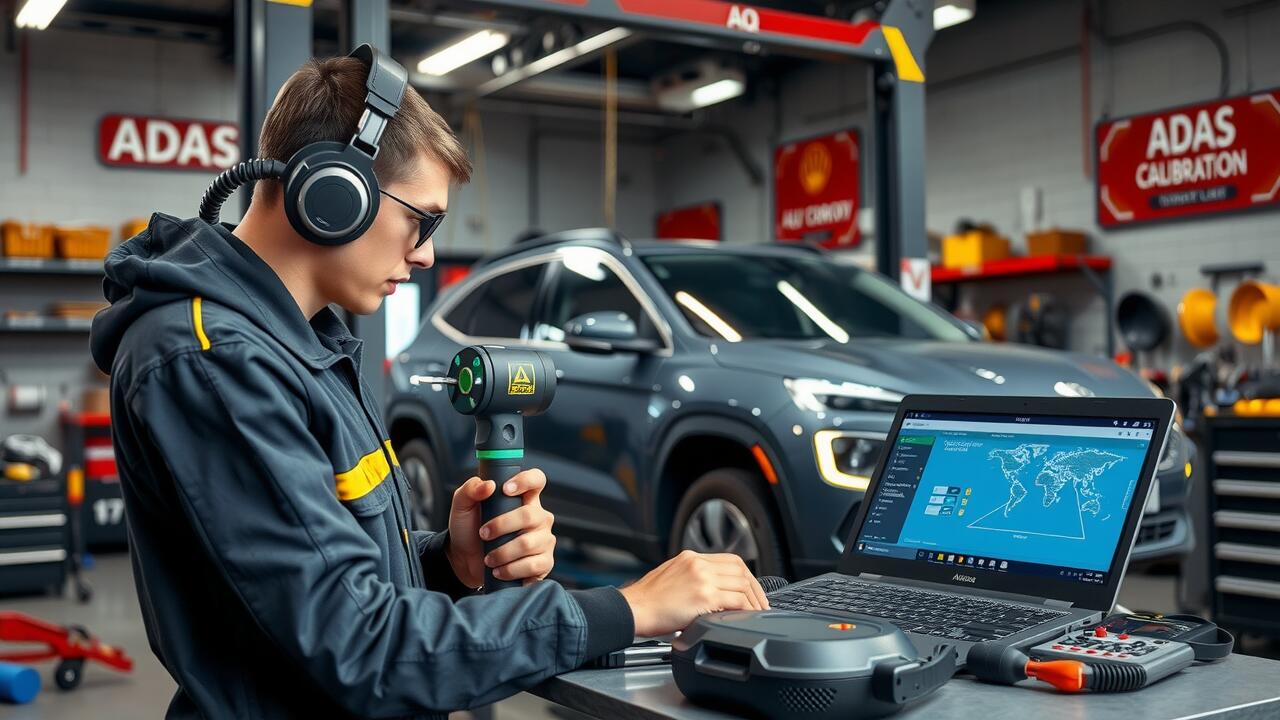
Table Of Contents
Level 2 ADAS in Real-World Scenarios
Level 2 Advanced Driver Assistance Systems (ADAS) play a significant role in enhancing the driving experience by combining adaptive cruise control and lane-keeping assistance. In real-world scenarios, these systems can manage speed and direction, allowing for a smoother ride during long-distance travel. Drivers can enjoy a level of convenience on highways, where the technology helps to maintain safe distances from other vehicles while keeping the car centred in its lane. However, occupants must remain vigilant and ready to take control if needed.
The effectiveness of Level 2 ADAS relies heavily on ADAS diagnostics to monitor system performance and detect faults. These diagnostics do more than just ensure the system operates correctly; they also provide valuable feedback on how the driver interacts with the vehicle’s capabilities. Although the technology advances, the driver’s involvement remains crucial, particularly in complex traffic scenarios where automated systems may struggle. This means that drivers should be prepared to intervene whenever necessary, regardless of the support offered by Level 2 systems.
Practical Applications in Everyday Driving
Level 2 Advanced Driver Assistance Systems (ADAS) provide several practical applications that enhance everyday driving experiences. Features such as adaptive cruise control and lane-keeping assist allow vehicles to manage speed and maintain lane positioning with minimal driver input. These systems reduce the cognitive load on drivers during commutes and long journeys, making driving less taxing and more enjoyable. The seamless integration of ADAS diagnostics plays a crucial role in ensuring these technologies function optimally, providing real-time feedback on system performance and potential issues.
The use of Level 2 ADAS extends to city driving and highway travel, enabling a smoother transition between varying driving conditions. In urban environments, features like automatic emergency braking can help drivers navigate crowded streets safely and efficiently. By utilising ADAS diagnostics, drivers receive essential information concerning the effectiveness of these systems, promoting greater confidence in their capabilities. This ongoing relationship between human operators and technology exemplifies the potential for enhanced safety and convenience in daily travel.
Limitations of Level 2 ADAS
Level 2 ADAS systems offer significant advancements in driving convenience, yet they come with notable limitations. These systems typically rely on a combination of adaptive cruise control and lane-keeping assistance, but they require constant vigilance from the driver. If a situation arises that necessitates immediate intervention, the driver must be ready to take control quickly. This reliance on driver engagement highlights a gap in the technology that can create potential safety risks.
Understanding the limitations of Level 2 ADAS is crucial for users to harness its benefits fully. The systems can encounter challenges in complex driving environments, such as heavy traffic or unpredictable weather conditions. These scenarios can compromise the effectiveness of the technologies in place. Regular ADAS diagnostics also become essential to ensure that all components are functioning correctly, as any malfunction could lead to failure in safety features when they are most needed.
Understanding Driver Engagement Requirements
Level 2 ADAS requires drivers to maintain a level of engagement and awareness while using the technology. This system can manage steering, acceleration, and braking, but it is not fully autonomous. Drivers must remain attentive and ready to take control at any moment. Advanced Driver Assistance Systems (ADAS) diagnostics play a crucial role in ensuring that the technology operates correctly. Regular checks and maintenance are necessary to confirm the sensors and software are functioning as intended.
Moreover, the responsibility of safe driving still lies with the human operator. Despite the advanced capabilities of Level 2 systems, drivers cannot become complacent. They need to constantly monitor the road and surrounding environment. If an issue arises, ADAS diagnostics are essential to diagnose potential faults in the system and alert the driver. Understanding these engagement requirements is vital to ensuring safety and maximising the efficacy of Level 2 ADAS technology.
Current Trends in Level 2 ADAS Development
Developments in Level 2 Advanced Driver Assistance Systems (ADAS) are continuously evolving, showcasing a blend of technology and user experience. As manufacturers push boundaries, there's an increasing focus on the integration of advanced sensor systems and artificial intelligence. These innovations enhance the ability of vehicles to navigate complex road conditions while improving safety features. Enhanced ADAS diagnostics play a crucial role, providing insights into system performance and helping identify potential issues before they escalate.
Furthermore, the trend towards connectivity has linked Level 2 ADAS to broader smart city initiatives. This connectivity allows for seamless communication between vehicles and infrastructure, improving traffic management and response times. With real-time data sharing, ADAS can adapt to changing environments and optimise their assistance capabilities. Enhanced ADAS diagnostics are vital to this process, ensuring systems are calibrated accurately and performing at their best in diverse driving situations.
Innovations Shaping the Future of Driving
Advancements in Level 2 ADAS technology are being driven by a commitment to enhance safety and improve user experience. Innovative features such as adaptive cruise control and lane-keeping assistance continue to evolve, making everyday driving more manageable. Some manufacturers are integrating advanced sensors and cameras that provide more precise data for ADAS diagnostics. This leads to improved vehicle responsiveness and the potential for a smoother ride.
Another exciting trend is the incorporation of artificial intelligence and machine learning into ADAS systems. These technologies allow vehicles to learn from their surroundings and driver behaviours, making real-time adjustments to enhance performance. As automakers focus on refining these systems, the accuracy of ADAS diagnostics will improve, paving the way for even more sophisticated autonomous driving solutions in the future.
FAQS
What is Level 2 ADAS?
Level 2 ADAS (Advanced Driver Assistance Systems) refers to a semi-autonomous driving system where the vehicle can control both steering and acceleration/deceleration simultaneously. However, the driver must remain engaged and monitor the driving environment at all times.
How does Level 2 ADAS work in real-world scenarios?
In real-world scenarios, Level 2 ADAS can assist with tasks such as adaptive cruise control, lane-keeping assistance, and traffic jam assistance. These features help improve driving comfort and safety, but the driver is still responsible for the vehicle's operation.
What are the limitations of Level 2 ADAS?
The limitations of Level 2 ADAS include its dependence on the driver to maintain attention and control of the vehicle. Additionally, it may struggle in complex driving situations, such as severe weather conditions or unpredictable traffic scenarios.
What are the driver engagement requirements for Level 2 ADAS?
Drivers using Level 2 ADAS must keep their hands on the steering wheel and be prepared to take control of the vehicle at any moment. Continuous monitoring of the road and surroundings is essential to ensure safety.
What current trends are influencing the development of Level 2 ADAS?
Current trends in Level 2 ADAS development include advancements in sensor technology, artificial intelligence, and machine learning. These innovations are aimed at enhancing the reliability and functionality of ADAS features, ultimately shaping the future of driving.
